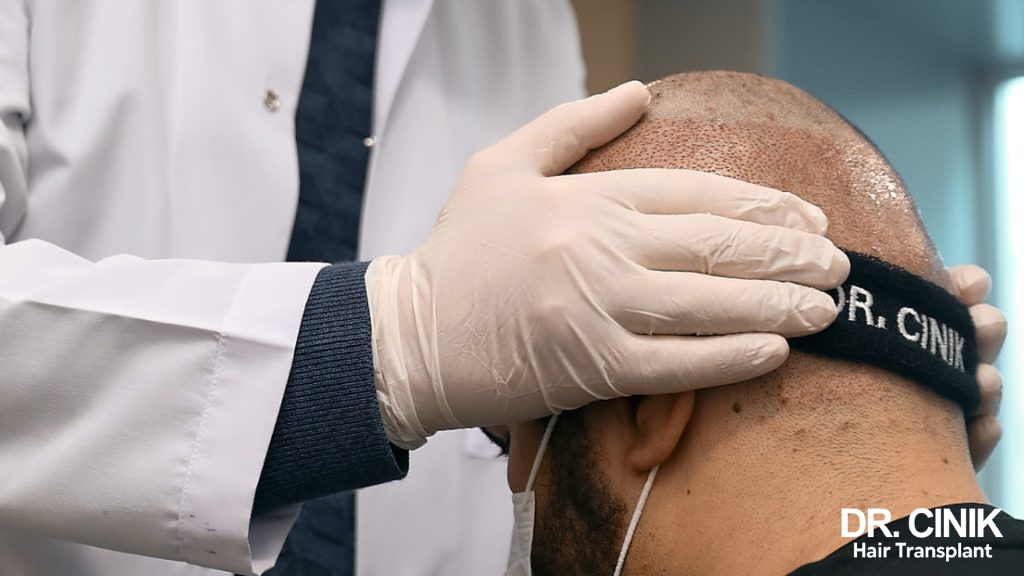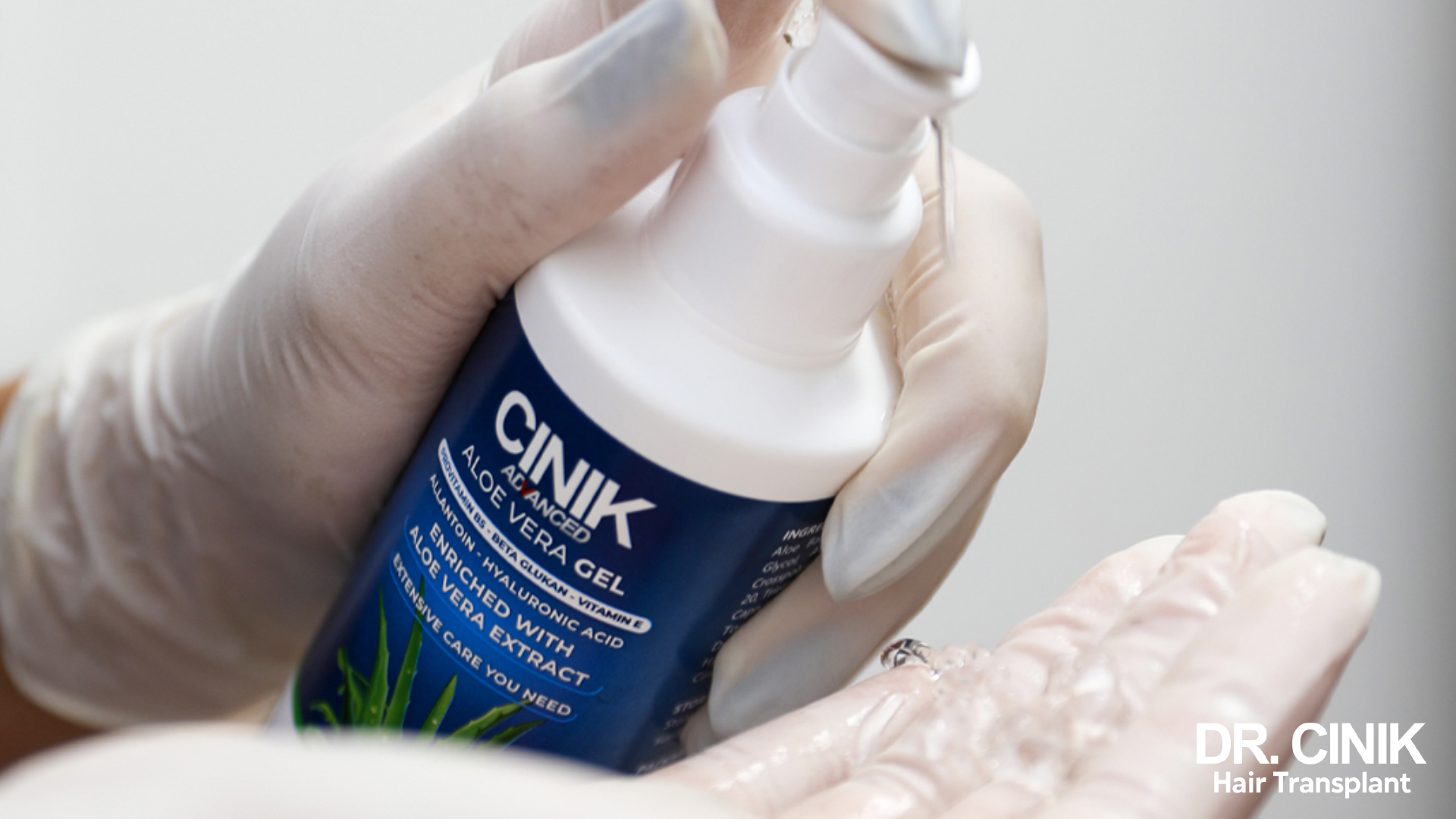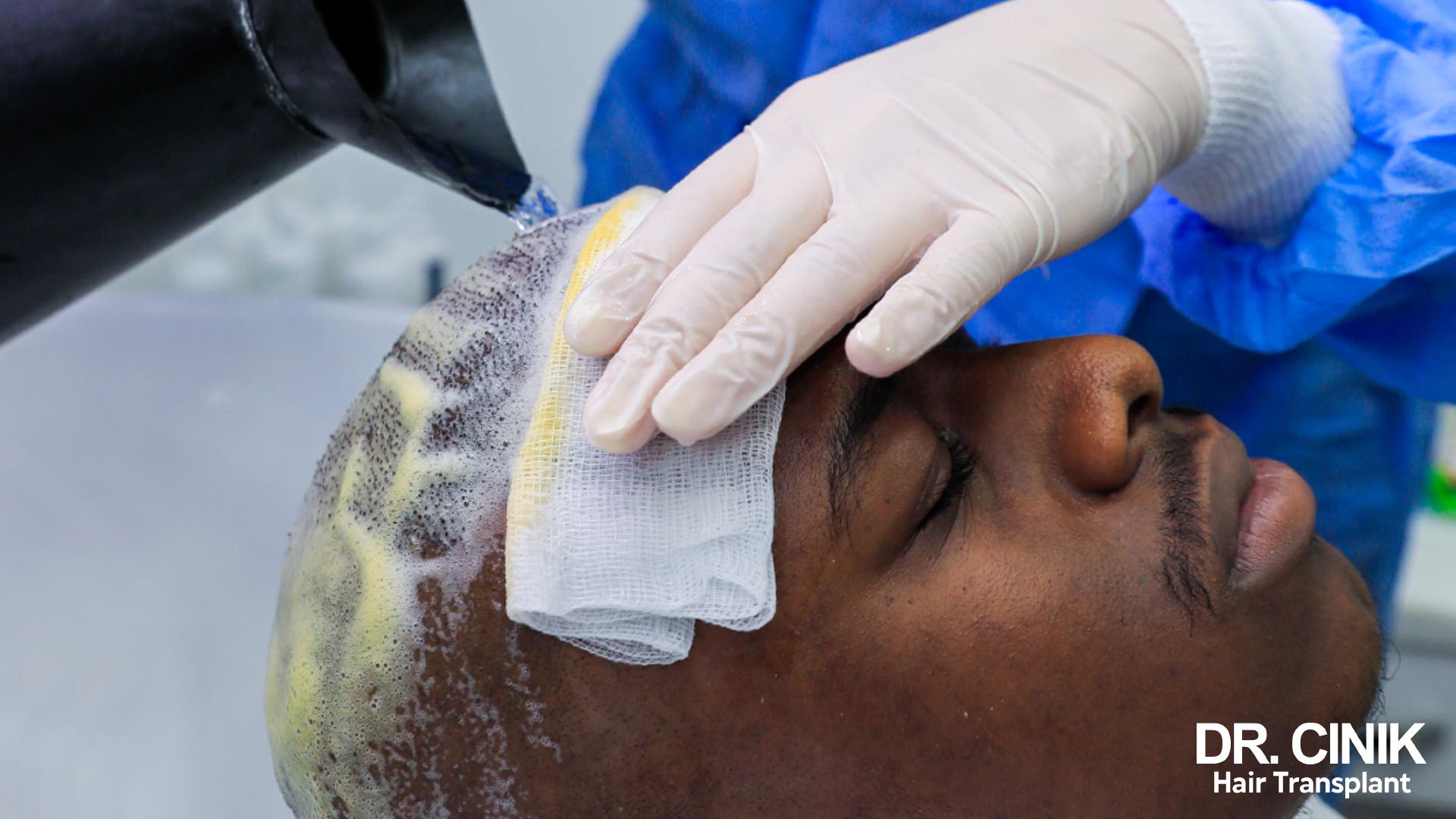I have scabs after my hair transplant. Is this normal?

Sommaire
Hair transplantation offers a remarkably effective solution to tackle androgenetic alopecia, often leading to an enhanced sense of self-esteem. However, like all surgical procedures, it encompasses specific stages of recovery that patients need to comprehend and respect for optimum results. During the post-operative phase, a common concern is the formation of scabs on the scalp where the grafts are implanted. While this may initially be disconcerting, it’s essential to understand that this is an entirely normal part of the healing process. This article explains why scabs appear post-hair transplant and provide practical advice for managing them effectively.

Why do scabs form after a hair transplant?
The appearance of scabs after a hair transplant is a perfectly normal process that is part of the healing process.
Scabs on the scalp usually appear the day after a hair transplant procedure. They form when bleeding and exudation of tissue fluids cease. Scabs play an essential role in protecting against infection after a hair transplant. They act as a shield for the incisions, defending them against bacterial attacks.

Taking good care of your scabs after a hair transplant
Caring for your scabs after a hair transplant is crucial for several reasons. Proper scab care helps promote the body’s natural healing process. It helps ensure that grafted areas recover healthily and effectively.
Avoiding scratching or forcibly removing scabs, and ensuring they are well cared for, helps prevent damage that could compromise the transplant healing process.

Respecting post-operative instructions
Adherence to postoperative instructions, including a hair transplant, is paramount after any surgical procedure. These guidelines are designed to promote optimal healing, minimise the risk of complications, and ensure the procedure’s success.
Regarding scabs, post-operative instructions may include recommendations to gently wash your scalp with a mild shampoo, avoid scratching or rubbing the area, and possibly use of certain lotions or sprays to promote healing.

Tips for proper scalp cleansing
To clean your scalp after a hair transplant, it’s essential to follow the instructions provided by your surgeon.
The period of care to remove scabs begins immediately after the hair transplant and lasts until the tenth day at the latest.
Here’s how to remove scabs after a hair transplant:
- For the first seven days after the transplant, apply the shampoo or mousse supplied by the clinic to the transplanted area daily for 30 minutes. Then rinse with a bottle of water and shampoo, massaging the donor area and gently patting the grafted area.
- On the eighth day, apply the mousse and leave it on for an hour. Rinse with a medium-pressure shower jet. Apply the shampoo until it foams, then massage both the donor and grafted areas (using the palm of your hand) until the scabs come off.
It’s essential not to use your fingernails to remove the scabs. Be gentle throughout the process to allow the scabs to loosen naturally, without risking displacement of the newly grafted follicles.

When will my scabs fall off?
To ensure the success of the hair transplant, the scabs must be entirely removed by the tenth day after the procedure at the latest. Indeed, if the scabs remain in place, they can prevent the grafts implanted underneath from breathing correctly, potentially compromising hair growth. If the scabs persist beyond this period, it is advisable to seek advice from your surgeon as soon as possible. It’s also important to note that alcohol and tobacco consumption can hinder the healing process by increasing the risk of scalp bleeding.
 en
en



